Badami is a small temple town that is nestled near a ravine with rocky sandstone hills on either side. This town is located in the Bagalkot district of Karnataka and it is home to iconic rock-cut cave temples. Formerly known as the “Vatapi Badami” was once the capital of the mighty Chalukyan kingdom from 5 to 7 centuries. Later, the city changed hands from Rashtrakutas to Hoysalas, Vijayanagar dynasty, The Marathas, and even Adil Shahi dynasty. But it still retains the label of Chalukya Kingdom due to their great contributions.
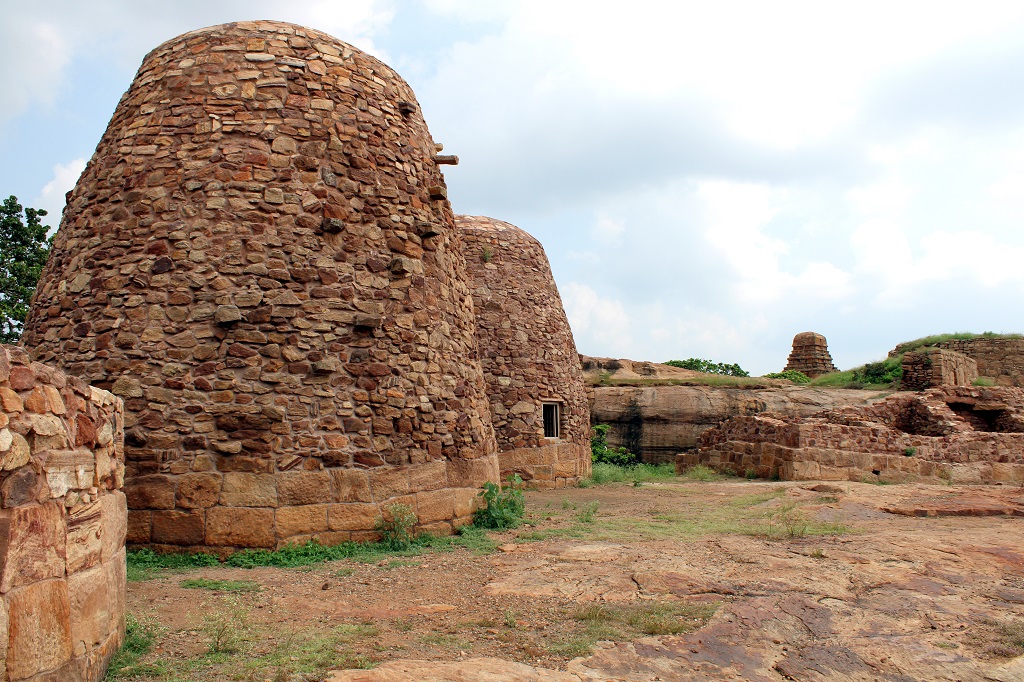
Most of the structures are created using sandstone and date back to the 6th century. The temples are built in the Dravidian style of architecture which had traces of North as well as south India. Badami owes its complete credit to the Chalukyan rulers who made this place look nothing short of heaven.
There are forts on a hilltop, rock-cut cave temples, Bhutanatha group of temples, Jain temples, and Agastya lake that take you back to a different era. You can spot a lot of temples dedicated to Shiva as Shiva was the family deity of the Chalukyan family.

Table of Contents
Best Places To Visit In Badami
Badami cave temples
There are four caves, three of the caves are dedicated to Hindu temples and one to a Jain temple. You need to take a small flight of stairs to reach these caves.
Cave 1:

This cave is dedicated to Lord Shiva. You can spot carvings of dancing Shiva (Nataraja) in different poses along with Ganesh and Karthikayas carvings.on the walls.
Cave 2:
You can spot life-size structures of Vishnu in the form of Trivikrama, Vamana, and Lord Krishna.
Cave 3:
The largest cave among all the caves in Badami. It has the lord Vishnu as the main deity. Carvings of half shiva and half Vishnu structure is the famous one in the room.
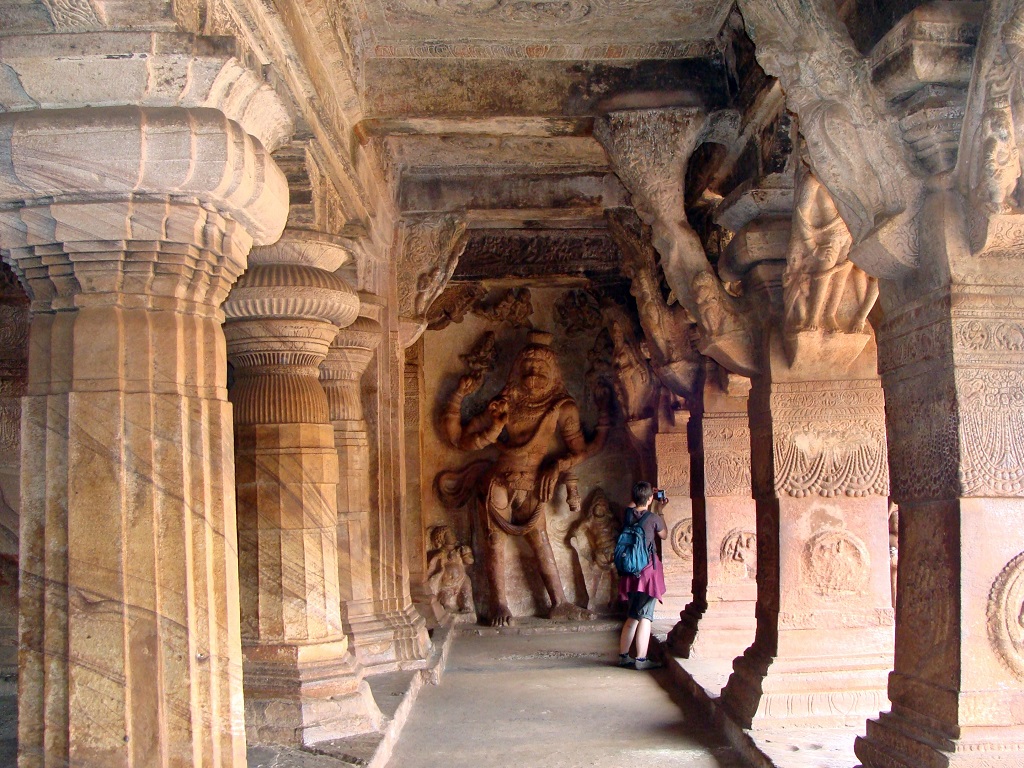
Cave 4:
This is the smallest cave among all and is dedicated to Jain Tirthankaras. You can witness a lot of figures that belong to Jainism.
Not just this, there is another cave that was discovered recently. And, this cave is just 500 m away from Bhutanatha temples and is studded with 27 Hindu sculptures.
Badami Fort
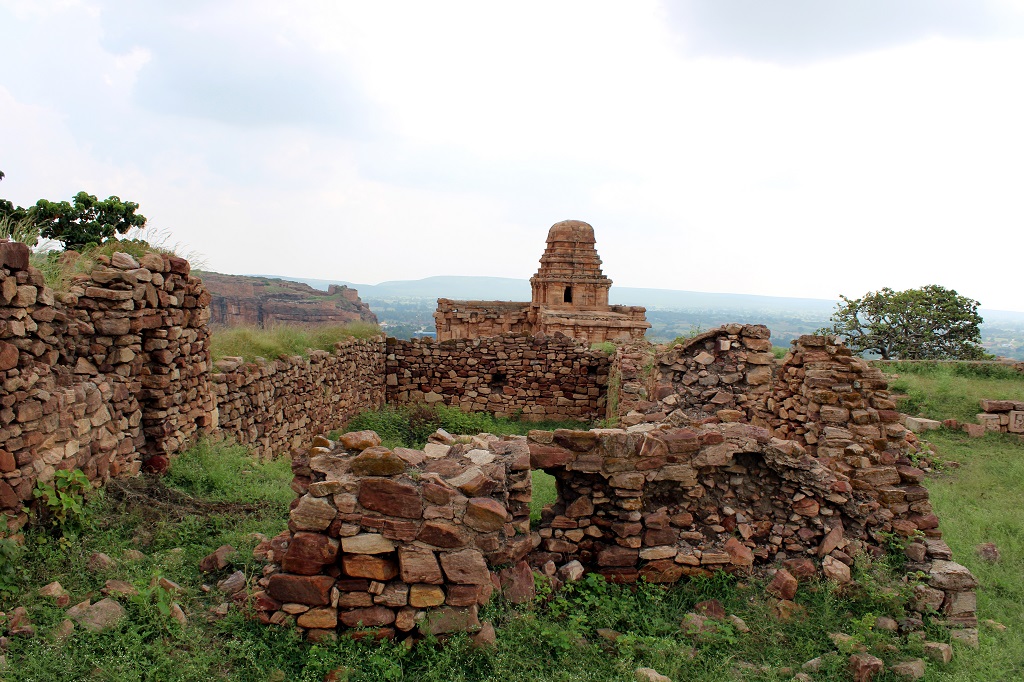
The fortress is perched on the clifftop that sits opposite to the famous Badami caves. This fort was built by Chalukya ruler Pulakesi in the year 543 AD. You need to hike through the steep step-like structures to reach the top. The Fort is studded with two very old Shivalayas, double fort walls, a watchtower, and a huge cannon that watches the town. Malegitti Shivalaya near the summit is the oldest as well as the most famous one. Sunsets are pleasant as the rocky boulders blush and red sandstones glitter when the rays hit them.
Bhutanatha group of temples

These temples are situated on the banks of Agastya lake or thirtha, adjacent to the cave temples. Bhutanatha temples are built using local sandstone and most of the shrines here are dedicated to Lord Shiva. Emerald green colored Agastya lake is formed by water flowing from the top of a ravine.
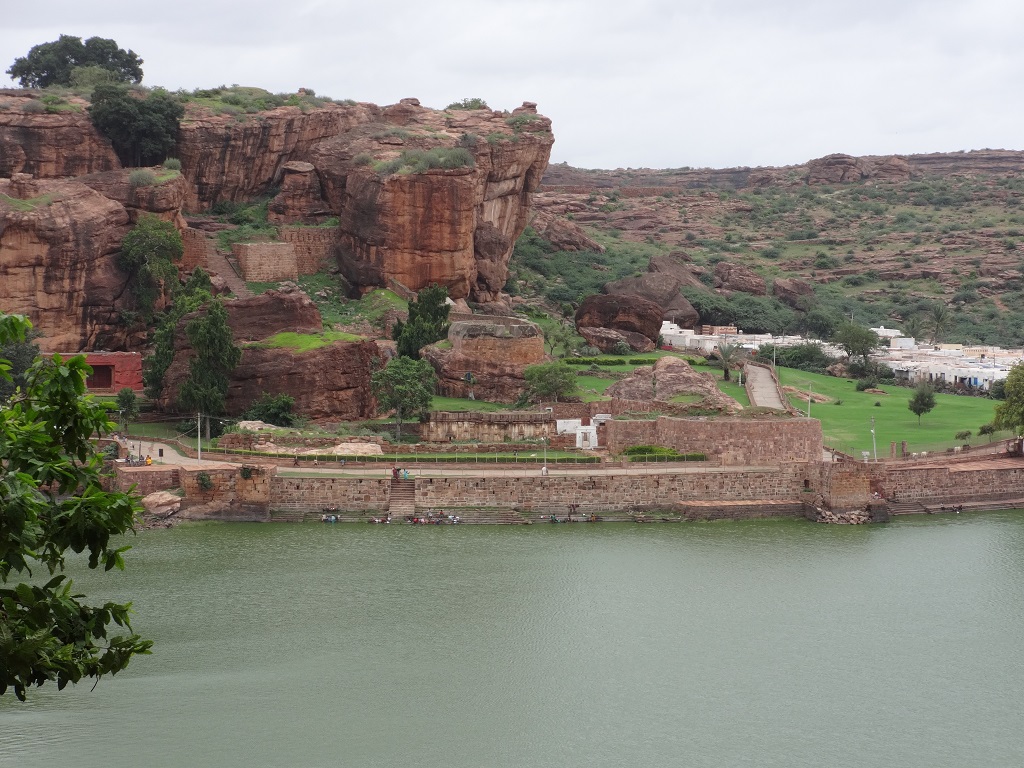
If you love rock climbing then this place got to be on the top of your list. Climbing a red sandstone hill that is almost vertical is sure to satisfy the adventurer in you.

Also Read:


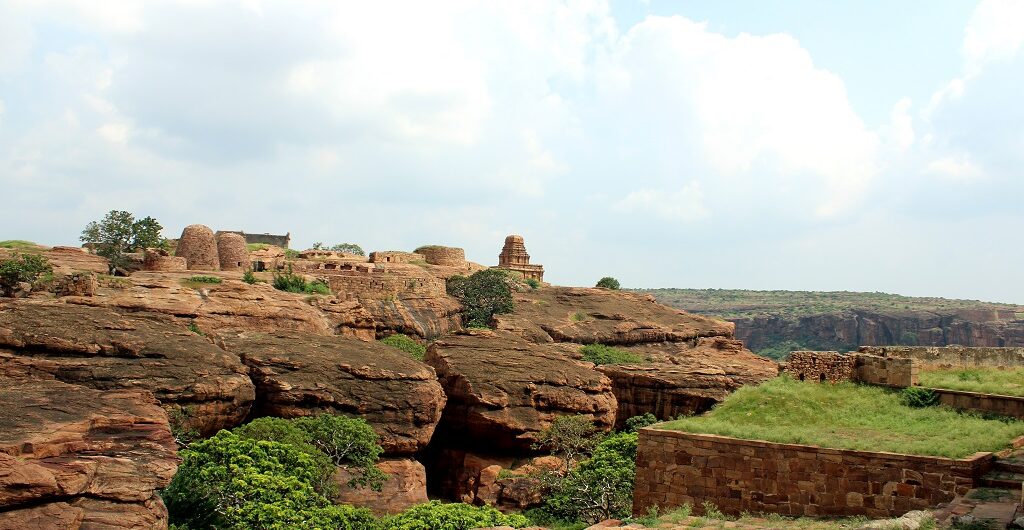
Comments